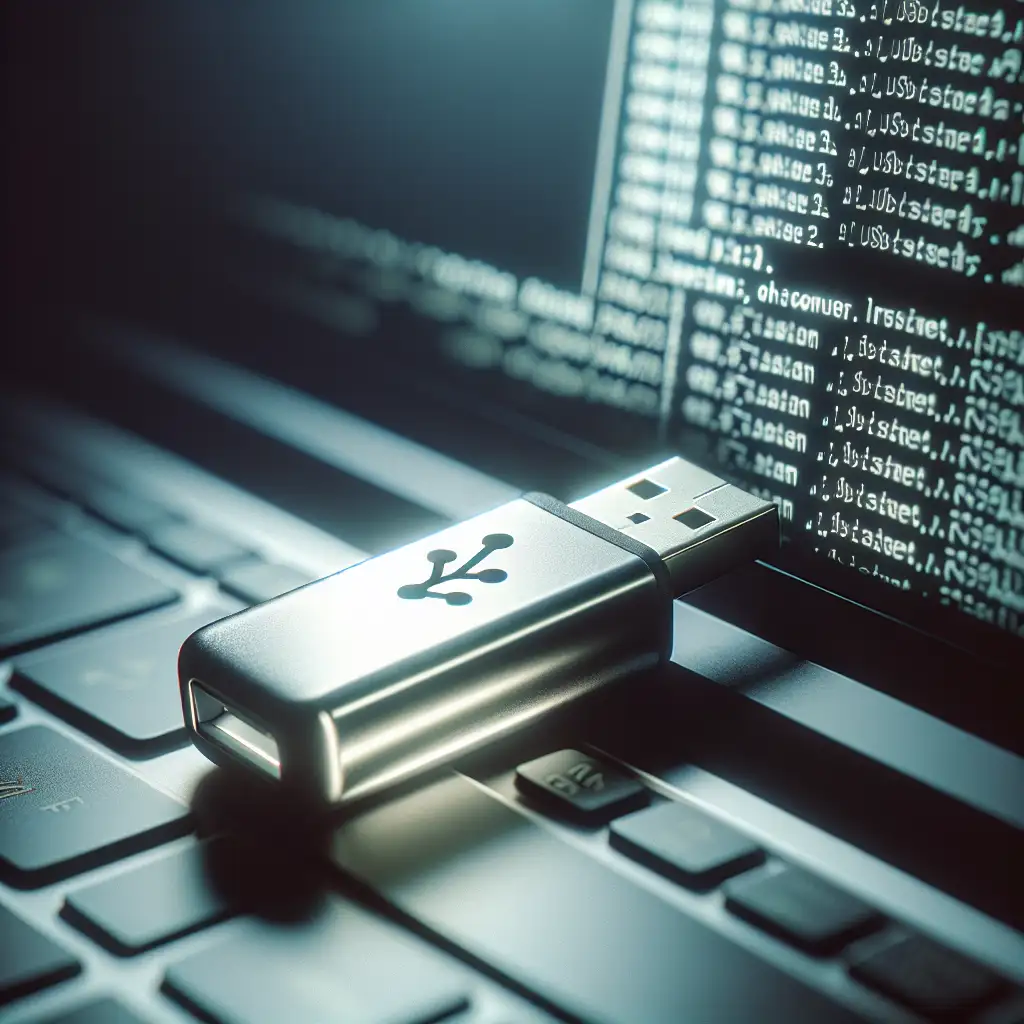Booting Linux from USB: Practical Guide for Portable, Flexible Systems
Occasionally, access to a native Linux environment matters more than the underlying host OS—disaster recovery, quick forensic analysis, setting up hardware-neutral dev labs, or simply sidestepping locked-down endpoints. USB-based booting delivers an invaluable portable solution: minimal risk to installed disks, no need for dual-boot gymnastics, and fast, hardware-agnostic deployment.
Below: practical steps for preparing a bootable Linux USB, firmware configuration requirements, and persistent storage workarounds—definitive for anyone working in enterprise IT, ops, or hardware validation.
USB Linux Boot: Use Cases & Limitations
- Portable environments for troubleshooting, recovery, or ephemeral development.
- Non-intrusive distro trials. Avoids partitioning or touching existing bootloaders.
- Field diagnostics: Easily carries disk imaging and recovery tools.
- Security: Run on untrusted hardware without leaving traces.
Limitations: Live USB speeds bottleneck on slow flash drives; some systems (notably older Lenovo ThinkPads) may block USB boot in UEFI unless “Legacy Support” is toggled.
Pre-Requisites
| Minimum | Recommended | |
|---|---|---|
| USB | 4GB, USB 2.0 | ≥8GB, USB 3.0 |
| Distro | Official ISO, x86_64/arm64 | LTS variant (e.g. Ubuntu 22.04.3) |
| Host OS | Windows/macOS/Linux | Any |
| Tools | Rufus 4.2 (Win), Balena Etcher 1.18+ (all), dd 8.32+ (Linux/Mac) |
Note: Secure Boot is still a moving target. Ubuntu and Fedora live images boot on most modern UEFI systems; custom ISOs may require you to disable Secure Boot.
Step 1: Acquire a Verified ISO Image
Obtain your Linux ISO from an official source (avoid third-party mirrors). For example:
- Ubuntu 22.04.3 LTS: https://releases.ubuntu.com/22.04/
- Fedora Workstation 39: https://getfedora.org/
- Debian 12: https://www.debian.org/distrib/
Verify its integrity—SHA256 checksums are published with every release. Don’t skip this: corrupted media yields unpredictable boot failures.
sha256sum ubuntu-22.04.3-desktop-amd64.iso
Compare with published checksums.
Step 2: Write the ISO Image to USB
Methods differ per host OS. Not all yield persistence; focus here is on achieving a reliable, bootable medium.
Windows – Rufus
- Launch Rufus 4.2 or newer.
- Insert USB drive (≥8GB preferred). Data on the target drive will be lost.
- Select device, choose your ISO.
- Partition scheme:
- UEFI hardware:
GPT - BIOS/legacy:
MBR
- UEFI hardware:
- File system: typically
FAT32for broad compatibility. - For Ubuntu-based ISOs, you can assign persistent storage (slider below ISO selection).
- Click
START. Wait for “READY”.
Known issue: On custom UEFI desktops, if USB is not detected post-flash, try toggling “Fast Boot” and “CSM” settings in firmware.
Linux/macOS – Balena Etcher or CLI
Balena Etcher (GUI):
- Start Etcher (
AppImageon Linux, DMG on macOS). - Select ISO, select USB, then “Flash!”. Simple but rarely supports persistence.
Advanced: dd
lsblk # Identify your USB device (e.g., /dev/sdb)
sudo dd if=ubuntu-22.04.3-desktop-amd64.iso of=/dev/sdX bs=4M status=progress conv=fsync
sync
Replace /dev/sdX with the actual USB device (not a partition like /dev/sdX1).
Mistakes here are destructive; double-check with lsblk or fdisk -l.
Gotcha: dd-duplicated sticks lack True persistence—changes made in a live session vanish at reboot.
Step 3: Configure Firmware to Boot from USB
-
Insert USB stick. Reboot.
-
Trigger firmware menu; typical keys:
Manufacturer Key Dell, Lenovo F12 HP Esc, F9 ASRock, MSI F11, F8 Apple (Intel) Option (⌥) -
Select the USB drive as temporary boot device.
If not shown:- Ensure drive was imaged in UEFI-compatible format.
- “Legacy USB/CSM support” might be required on very old hardware.
- Secure Boot may need to be disabled for non-signed live ISOs.
If the system immediately boots to the normal OS or displays No Boot Device Found, verify the creation process and check if reformatting the stick helps (exFAT to FAT32, for instance).
Step 4: Operating in a Live Linux Session
Most distributions (Try Ubuntu, Start Fedora Live, etc.) offer a live desktop session.
From here:
- Test hardware compatibility (WiFi, GPU, disk, etc).
- Run
dmesg | lessfor low-level logs if something’s not recognized. - Use GParted, ddrescue, or custom recovery scripts.
For installations, launching the installer (ubiquity, calamares, etc.) from the live desktop initiates the process.
Step 5: Persistence (Non-Volatile Workspaces)
Problem: Standard live sessions discard changes at shutdown.
Solution:
- Rufus (≥3.8) – supports persistence sliders for Ubuntu flavors; assigns up to 6GB for user data.
- Linux tools (
mkusb,Ventoywith persistence plugins)—allow persistent partitions for Debian/Ubuntu.
Example:sudo mkusb - Manual solution: Full install to USB as if to HDD. Downside—performance limited by USB write IOPS. Some systems “blacklist” USB-rooted installs for suspend/resume.
Trade-off: Persistent overlays don’t protect against hardware failure or stick wear. Use for testing, not as a primary development workstation.
Troubleshooting: Common Pitfalls
| Symptom | Potential Cause | Suggested Fix |
|---|---|---|
| USB not listed in boot menu | Fast Boot enabled, wrong scheme | Disable Fast Boot, check GPT/MBR, try new port |
| Boots but no UI/black screen | GPU incompatibility, bad ISO | Try nomodeset kernel arg, verify checksum |
| “No boot device”/grub errors | UEFI incompatibility | Set Secure Boot off, re-flash with correct scheme |
| USB persistent partition lost | Used dd instead of supported tool | Use Rufus or mkusb with persistence |
Non-obvious tip: Some high-end USB 3.2/4.0 sticks are buggy—try a basic USB 2.0 stick for stubborn systems.
Summary
Bootable Linux USB media provides a robust, modular response to deployment, diagnostics, and security needs without touching internal storage.
For routine ops: script the build (dd/mkusb), stash verified ISOs, document device IDs.
Persistence works, but use carefully—no substitute for proper configuration management or disk encryption. And, as always, keep a spare stick.
Further reading:
- https://wiki.archlinux.org/title/USB_flash_installation_media
- https://help.ubuntu.com/community/LiveCD/Persistence
If you hit device quirks, or need notes on full-disk encryption via cryptsetup-in-LiveUSB scenarios, send details—there are workarounds for most edge cases.
